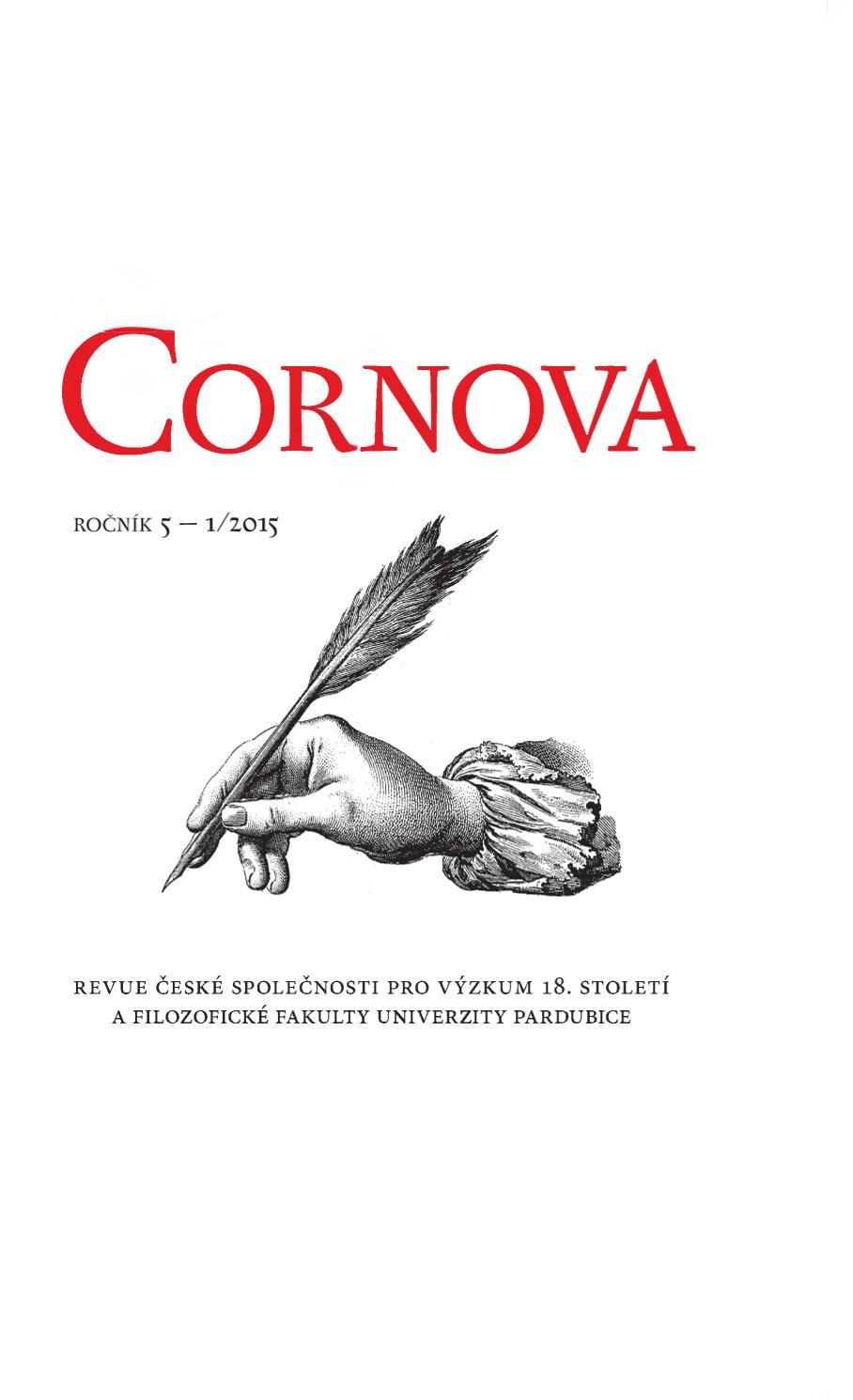Výuka inženýrských věd na stavovských akademiích v Praze, Vídni a Olomouci v 18. století
Training the Empire’s Builders at the Academies of the Nobility in Prague, Vienna and Olomouc in the 18th Century
Author(s): Michal KonečnýSubject(s): Higher Education , History of Education, 18th Century
Published by: AV ČR - Akademie věd České republiky - Ústav pro českou literaturu
Keywords: elite academy; state; civil architecture; public works office; engineering; education; Vienna; Brno; Olomouc; Prague;
Summary/Abstract: A major reform in the reign of Joseph II was the establishment in 1786 of the provincial building directorates, through which the court aimed to regulate all public building works in the monarchy. Although the original aim of unifying building regulations throughout the realm was never achieved, the reform was a success and remained in force, with a few minor amendments, until the revolutionary year of 1848. One reason for its success was the elite corps of civil engineers who staffed these institutions. This study looks at advances in technical education, especially engineering, in the Habsburg monarchy from the beginning of the 18th century and the emergence of the Collegia Nobilia, or elite colleges, where graduates were prepared for a career in the Imperial Army. Besides military architecture, the colleges also taught the fundamentals of civil engineering, turning out some of the best trained creators of early modern architecture. The development and nature of this elite engineering training is examined with reference to the engineering academies of Prague, Vienna and Olomouc. In all three cases we stress the colleges’ status within the state framework, and their evolution in the light of changing official doctrine and methods of in struction. In all three cases it is clear that during the latter half of the 18th century the original ‘aristocratic’ colleges began to decline and were slowly replaced by similar state controlled establishments. As a first step, the court of Joseph II introduced a specialized course in practical architecture at the Vienna Acade my of Fine Arts. From around 1800 this model was gradually superseded by the progressive French style polytechnic, a modified version of which remains the standard model for technical education to this day.
Journal: Cornova
- Issue Year: 05/2015
- Issue No: 01
- Page Range: 65-84
- Page Count: 20
- Language: Czech

